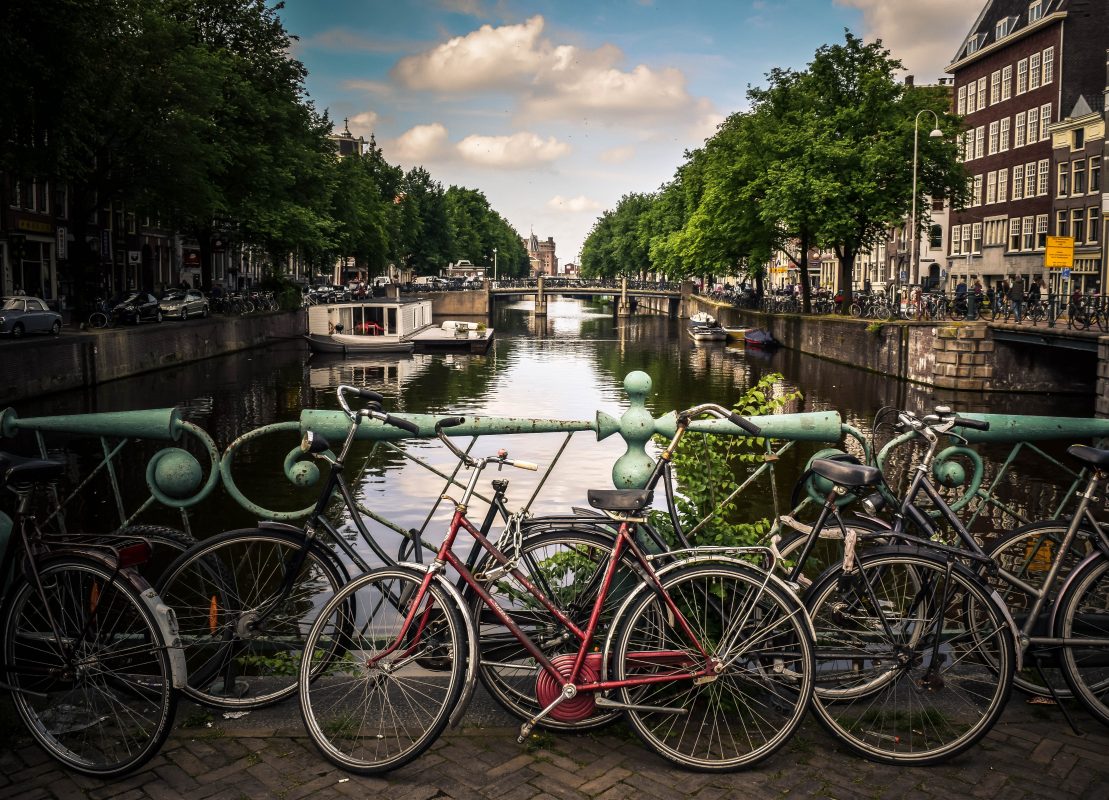s-Hertogenbosch was voted the best Dutch bicycle city in 2011.
The bicycle facilities at its transferia are an important part of the cycling structure of s-Hertogenbosch.
In total there are 1650 parking spaces at three transferia located off three major approach roads. The use of the bikes from home is actively promoted. Drivers can take a free bus to the city via a frequent service, rent a bike, or cycle on their own machine.
The experience in ‘s-Hertogenbosch shows that a switch from the car to public transport or bicycle can be made. The use of the transferia has grown strongly there over 15 years.
What the Dutch can teach us is that;
- Cities that are the most promising for Park and Bike have accessibility or parking problems: cities with a historic city centre and a dense, unclear street patterns work best.
- There is a group of users who are interested in Park and Bike. In two studies in Utrecht into the potential, between 20 and 50 percent of motorists said they would use Park and Bike, if the bike is faster and cheaper than the car.
- The Park and Bike location needs to be on a logical route from the approach roads to the centre or the destination (eg a business concentration).
- Attractive, green and safe bicycle connections increase the chance of success.
- Good bike facilities run from the Park and Bike location, with clearly signposted and comfortable routes to and from the destination are preferred.
- On the Park and Bike there is a choice between bicycle and public transport. This makes the provision less weather-dependent than only with the car/bicycle combination.
- There needs to be support from employers who contribute to the promotion of the provision for their employees.
- The setting up of Park and Bike requires a lot of marketing efforts and communication. Providing a clear advantage (saving time and money) and communicating the concept are decisive to success.
